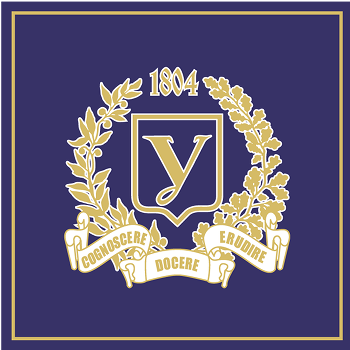hydrochemical indicators
- 2020-34
The Study of Condition of the South Bug River Basin with Using Geoecological Methods
Purpose. To assess the current state of the Southern Bug River basin and the degree of anthropogen-ic impact on it (transformation)
Methods. The methodology of complex field geographic research (according to S. Kurlov) was cho-sen for the research. On its basis, water samples were taken at the appropriate points of the river basin, which directly covered the Southern Bug River itself, as well as its tributaries, and the composition of coastal soils was analyzed. Laboratory experiments were performed on the basis of a licensed laboratory of the Uman National University of Horticulture
Results. Based on the analysis of the data set of the main hydrochemical indicators of the surface water quality of the Southern Bug river basin and the analysis of the soil, it was found at some experi-mental points that the MPC of content of the studied indicators was exceeded. The content is exceeded at all sampling points, due to the high content of complexes with humic acid salts, secondary waterlogging of reclaimed lands. The nitrite content is exceeded in the following places: r. Southern Bug (Vinnitsa and Ladyzhin), r. Ustya (Nemyriv), r. Udych (Teplitskiy district) and r. Dohna (Bershad district). The main reason for the intake of nitrates into the water is the washout of fertilizers from fields and vegetable gardens. All surface water bodies have increased water hardness, its acidity is within normal limits. The soils adjacent to the streams under consideration bear clear signs of hydrogenic accumulation of substances (carbonates, gypsum, salts) and deltaic conditions of formation (horizontal stratification, horizons buried, remnants of freshwater fauna).
Conclusions. The concentration of pollutants increases with the approach of the tributaries of the Southern Bug River and the relief formed by them to their base of erosion. Excess concentrations of alka-line hydrolyzed nitrogen, as well as phosphorus and potassium compounds at the sampling points indicate a high level of intensity of the farming system, in which the use of agrochemicals is given priority. Howev-er, long-term ingress of these compounds into the water body will accelerate the process of eutrophication in the near future. The loss of humus in the soils of agricultural lands adjacent to the rivers Sob, Dokhna, Ustya was revealed. In general, the geosystem of the Southern Bug River suffers from a complex anthropo-genic impact, the main source of which is agricultural production.
- 2019-31
Ecological Assessment of Quality of Surface Water of Small and Medium Rivers of Poltava Region
Purpose. Environmental assessment of the quality of surface water of small and medium rivers of the Poltava region, in particular: medium rivers – Psel, Vorskla, Merla and five small rivers –Govtva, Grun, Kolomak, Poluzorie, Tashan. Methods. Field, atomic absorption spectrophotometry, cluster analysis. Results. In accordance with the quality standard for surface water of cultural and household purposes, all indicators for medium-sized rivers are within the normal range. There was an excess of zinc in the waters of small rivers - Grun, Tashyas and Poluzorie. The low content of soluble oxygen does not meet the norm. When comparing values with the norm of quality of water for reservoirs of fishery management, excess BOD-5 for the Vorskla and Psel rivers is defined; the content of ammonia and nitrites significantly exceeded the normative value for the river Vorskla, Psel, Merla. The excess of surfactants for medium rivers is determined. The river Vorskla is mostly polluted with cupper; the Psel river – with zinc and iron, in water from the Gotvva, Tashan, Poluzorie and Grun rivers we have identified exceeding BOD-5. Regarding the water-soluble nitrogen compounds, only the nitrogen content corresponds to the normative value. The greatest pollution with ammonia is observed for the Govtva and Kolomak rivers. Excess of MAC on the content of nitrites was identified for the Kolomak river. As a result of the cluster analysis of the river, the degree and nature of pollution of surface water are grouped into three main groups: the first is the Kolomak river, the second one is the Merla, Psel, Grun, Vorskla rivers, the third one is the Tashan, Poluzorie and Govtva rivers. In the future, the results can serve as a tool for regulation, monitoring and solution of pollution problems. Conclusions. Small rivers of Poltava region are under considerable anthro-pogenic impact, their ecological status is estimated as ecological regression. Therefore, priority attention should be paid to improving the ecological status of small rivers in the Poltava region and implementation of the pro-posed nature conservation measures.

